Do you know that according to research, 4 in every 10 Americans have had to close their bathrooms due to clogged toilets? Clogged toilets also account for 49 percent of foul restroom odor.
If your toilet connects to a local or municipal wastewater system, you can flush without much precaution.
But if you have a septic tank for wastewater management, there are special requirements to adhere to. Besides being cautious of what is flushed down the toilet, using the right toilet paper is paramount for your septic tank’s health.
Most people swear by a specific toilet paper brand.
Those thick and plush toilet paper may feel comfortable on the skin but can hurt your septic system.
Does that mean there are specific toilet papers recommended for septic tanks? Certainly!
In this article, we’ll look at the effects of toilet paper on a septic tank and the precautions needed to avoid septic backup.
JUMP TO: What Happens to the Toilet Paper in Septic Tank | Dissolving Time For the Toilet Paper | Cautions Taken for toilet paper in Septic Tank |
- Flushed toilet paper settles at the bottom of the septic tank
- The septic system then decomposes the toilet paper
- Some toilet papers take longer to dissolve than others
- Rapidly disintegrating toilet papers are the best for use in your toilet
What Happens to Toilet Paper in Your Septic System?
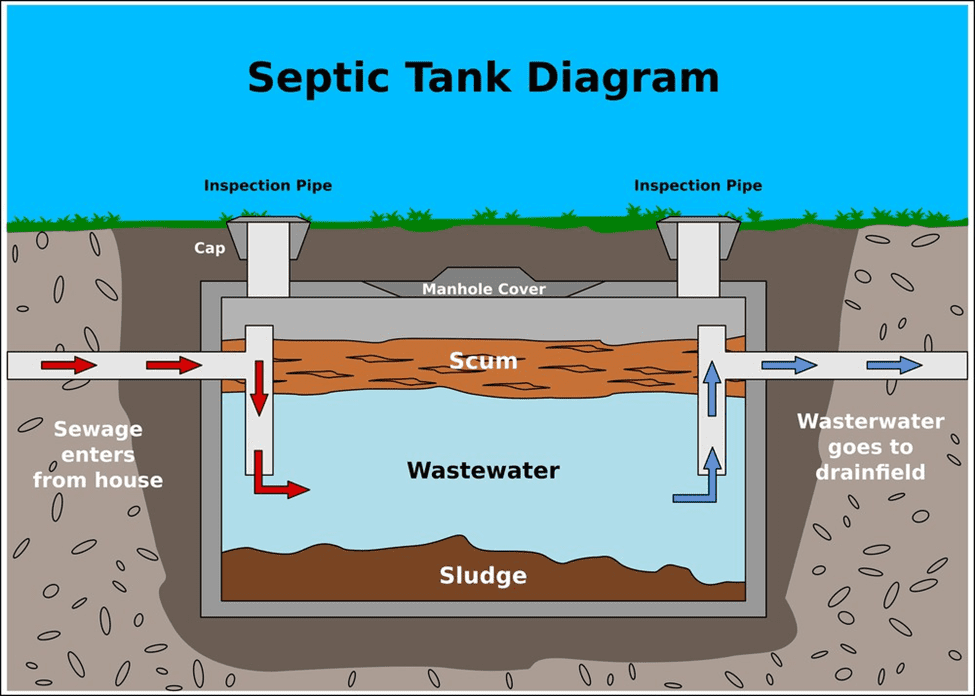
Source: D-Tox
After flushing your toilet, the pipes carry the content to the septic tank, where solids, including toilet paper, settle at the bottom.
A septic system works more like a composting system. It has beneficial bacteria that help dissolve anything biodegradable, like toilet paper.
Toilet papers break down quickly once they get inside the septic tank. The only difference is that some will take more time while others will dissolve much faster.
In this case, toilet paper that disintegrates rapidly to small particles would be the best for your septic tank.
But if you’re using standard toilet paper, there is no need to panic because it dissolves well enough.
Related Read: Does Toilet Paper Expire? Know The Answer Here
What Type of the Toilet Paper Doesn’t Dissolve?
Sometimes, your septic system can fail to keep up with the amount of toilet paper being flushed down.
Flashing large chunks of toilet paper at a time or in short intervals can take a toll on your septic system. As a result, the process of dissolving the paper slows down.
Another reason why toilet paper may appear not to dissolve is if you use thick, multi-ply toilet paper. Accumulation of undissolved toilet paper will certainly clog your septic system.
Important note: Excess toilet paper alone is unlikely to wreak havoc on your septic system. It could be there are other undissolved solids or non-biodegradable substances shrinking the capacity of your septic tank.
How Long Does It Take for Toilet Paper to Dissolve in a Septic Tank?
If your septic tank is in perfect working condition, it takes about 10 to 20 minutes for toilet paper to dissolve fully.
However, besides the brand, other factors also affect how fast toilet papers dissolve. For example, toilet paper that takes 10 minutes to dissolve in clean water can take hours, probably, to decompose in a septic tank.
The amount of beneficial bacteria inside your septic system affects the rate of decomposition to a large extent.
Is There a Need for Special Toilet Paper for Septic Systems?
The answer is you don’t. Most toilet papers in the market are ideal for use.
As long as you are not flushing down too much toilet paper at a go, your septic tank should work fine.
The Ideal Toilet Paper for Septic Tanks
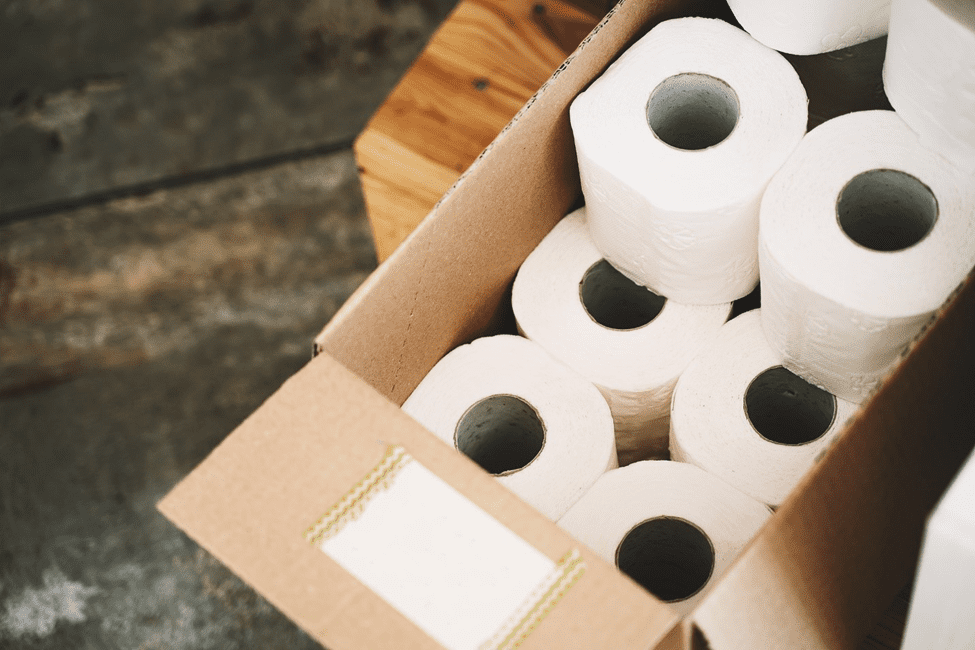
Source: Trinity Liquid
Most toilet papers are labeled septic-safe!
However, biodegradable toilet paper is the best for septic tanks. These toilet paper are often made from recycled paper or material, and they dissolve quickly and effortlessly.
However, you can find others made of natural materials such as bamboo. These, too, are septic-safe as they break down pretty quickly.
The YouTube clip below will give you more information on how to choose the best toilet paper.
Single-ply and two-ply toilet paper are also friendlier to the septic system. They are light and dissolve rapidly.
For the best and safe toilet paper, go for those approved by the National Sanitation Foundation. This certification is an assurance that the toilet tissue paper in question has passed through a dissolvability test by a third party.
Important Note: Using the right toilet paper can help minimize the frequency of maintenance needed on your septic system.
Attributes of Septic Safe Toilet Paper
Want to flush with confidence? Here are key qualities to consider when shopping for septic-safe toilet paper:
- One- or two-ply: Multi-ply toilet papers take longer to dissolve. They settle at the bottom of the septic tank instead. The single-ply has a single layer of material, which is therefore ideal. But if you prefer added comfort, the two-ply option is great.
- Recycled: Most 100% recycled toilet papers are brown, compared to the others that are white. It doesn’t have chlorine bleach and other harsh chemicals used in standard toilet paper.
Recycled toilet paper is preferable as it does not disrupt the delicate balance of the beneficial enzymes in your septic tank.
- Rapidly dissolving: Toilet paper that dissolves rapidly is the best for your septic system. It can hardly cause a clog.
- Sustainably sourced: Brands that source their materials sustainably are a good option if you don’t prefer recycled toilet paper, consider a brand that sources its raw materials sustainably. There are plenty of plant-based paper products to choose from. Most of them are all-natural and chemical-free. Bamboo and grass are other popular tree substitutes to consider. They help support a healthy septic system.
If you are still uncertain whether a particular type of toilet paper is safe for the septic system, you can carry out this simple test:
- Take a clear container and fill it about ¾ full with water.
- Place four to five sheets of your toilet paper in the water
- Close the container then shake it well for about 10 seconds
- If, after shaking, the toilet paper disintegrates into tiny pieces, it’s safe for use.
Also Read: List of Different Types of Toilet Paper Explained
Precautions When Using a Toilet with a Septic Tank
In addition to using septic-safe toilet paper, a toilet that is flushed correctly will keep functioning properly for a long time. Here are some precautions to take:
- Only flush human waste, septic-safe toilet paper, and organic matter.
- Avoid flushing too much toilet paper once.
- Use a biodegradable, all-natural toilet bowl cleaner or any other cleaner with fewer chemicals.
- Do not dispose of feminine hygiene products, paper towels, facial tissues, or pet waste in the toilet.
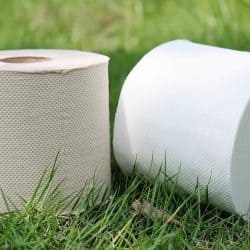
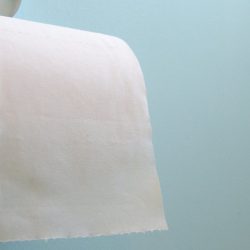
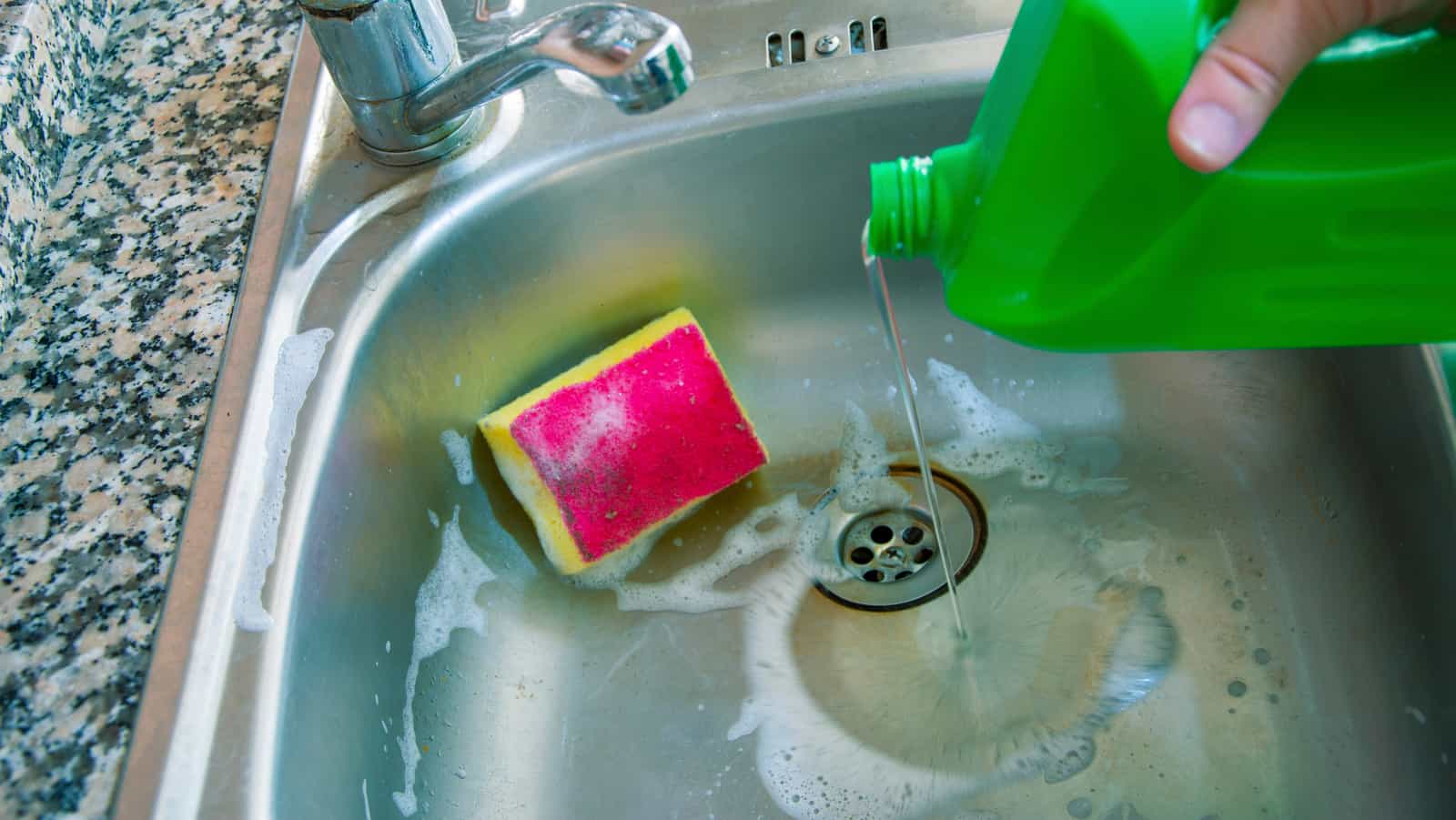
![Why Does My Kitchen Sink Smell? [Causes+Solutions] Explained Why Does My Kitchen Sink Smell? [Causes+Solutions] Explained](https://houseadorable.com/wp-content/uploads/2022/10/sink-smell.jpg)
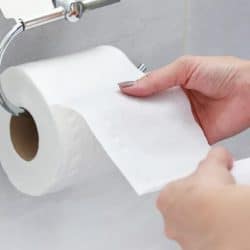
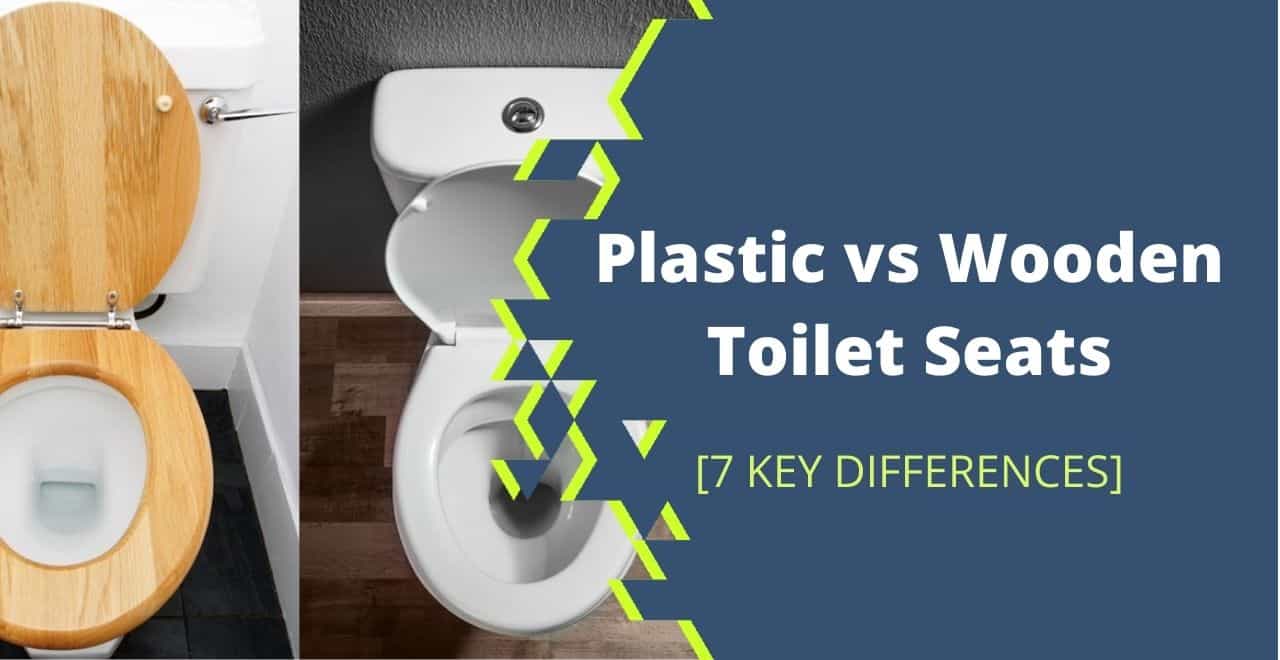
![How to Identify Kitchen Faucet Brand [6 Techniques To Know] How to Identify Kitchen Faucet Brand [6 Techniques To Know]](https://houseadorable.com/wp-content/uploads/2023/02/GettyImages-1177440335-0210e69740fd4045ab6a88f1588e9f4f-1-250x250.jpg)
